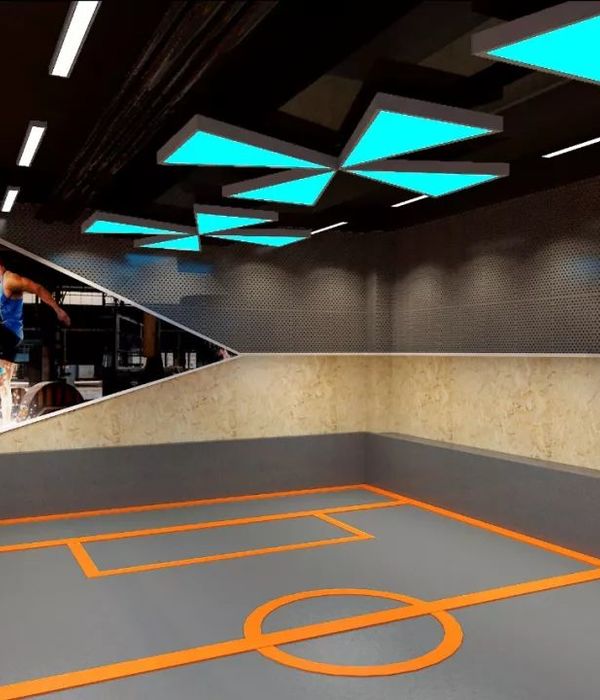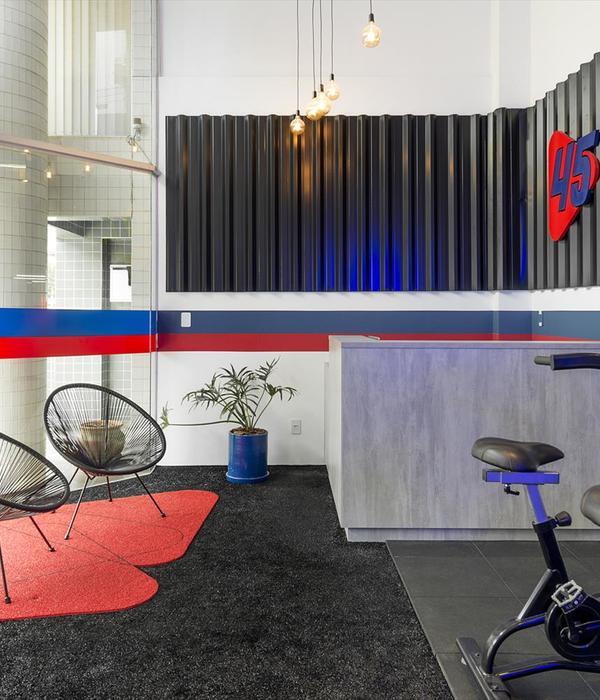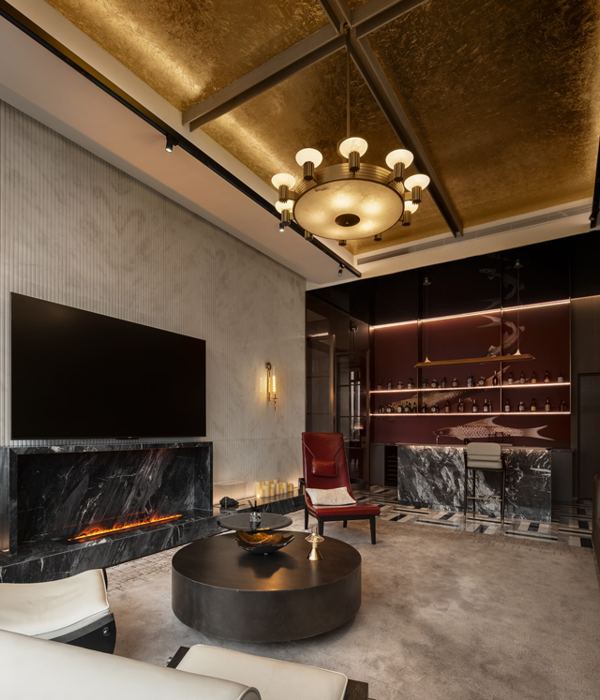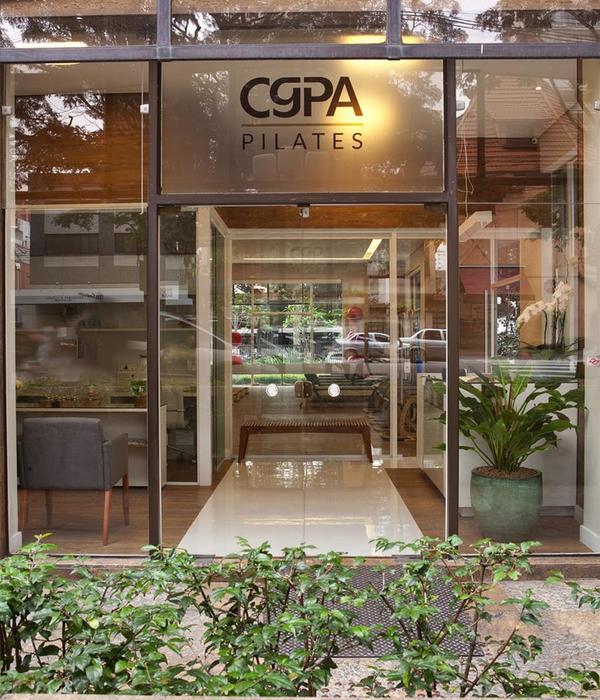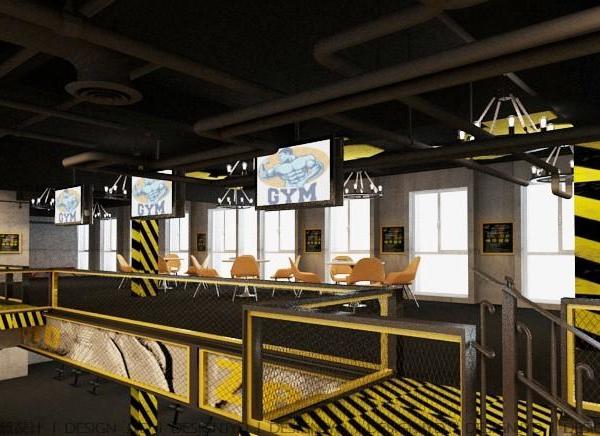Architects:Caá Porá Arquitectura, Comunidad Kichwa Añangu, Pinxcel
Area:1200 m²
Year:2015
Photographs:Gabriel Moyer-Perez / Jose Luis Machado
Lead Architect:Gabriel Moyer-Perez
Visualizations: Caá Porá Arquitectura, Pinxcel
Design Team: Caá Porá Arquitectura, Siete86 Arquitectos
Civil Engineering: Patricio Cevallos
Structural Engineering: Patricio Cevallos
Construction: Comunidad Añangu Kichwa
Client : Comunidad Añangu Kichwa
Country: Ecuador
In 1998, the Kichwa Añangu community, located in Yasuni National Park, decided to transition from agriculture and hunting to ecotourism. This transition allowed the community to improve their quality of life while preserving their traditional activities and protecting the unique biodiversity of their territory.
Thanks to the creation of the Napo Wildlife Center, an internationally renowned lodge in the continental Amazon, the community has generated various incomes over the past 10 years. The surplus from tourist operations has been used to finance educational, productive, social, cultural, organizational, and conservation projects in the community.
The Añangu community maintains an entrepreneurial vision to continue growing economically through tourism, as well as in the development of education plans and the construction of modern and environmentally responsible infrastructure. For this, the community has sought the support of external actors for specific projects, such as the construction of the Napo Wildlife Center Tower, which is part of a broader growth plan.
The genesis of the Napo Wildlife Center Tower arose from the need for a new dining room and an elevated observation tower that could be used by the community even during inclement weather. As the lodge is located on a small parcel of dry land within a swamp, seismic activity and soil liquefaction must be taken into account. In addition, the design of the tower was also influenced by high-speed winds of over 100 km/h that sweep through the treetops during storms.
The new 30-meter-high viewpoint contains a dining room and a cultural center, which were designed in participatory workshops with all members of the community. During these workshops, a local and international market study was conducted with the aim of increasing the presence of the lodge in the world tourism imaginary. To overcome the construction challenges, including the river transport of materials, new forms of construction based on cultural syncretism were proposed, combining the ancestral knowledge of the community with modern materials.
This process resulted in a tower of over 1,200 m2, on 7 floors, with a mixed structure of local wood and recycled oil drilling pipes. Composite columns significantly reduced the use of materials, resulting in the tallest wooden tower in the Ecuadorian Amazon and one of the tallest in the country. The recycled drilling pipes are earthquake-resistant and adapt well to strong winds. The roofs were made with traditional toquilla straw and royal palm fabrics, which have a lifespan of over 20 years and offer panoramic views of the landscape at each level.
The construction of the Napo Wildlife Center Tower was an achievement and a source of pride for the community. In addition to providing economic income, the project allowed Añangu children to see that it is possible to live in modernity without losing their ancestral traditions.
{{item.text_origin}}

